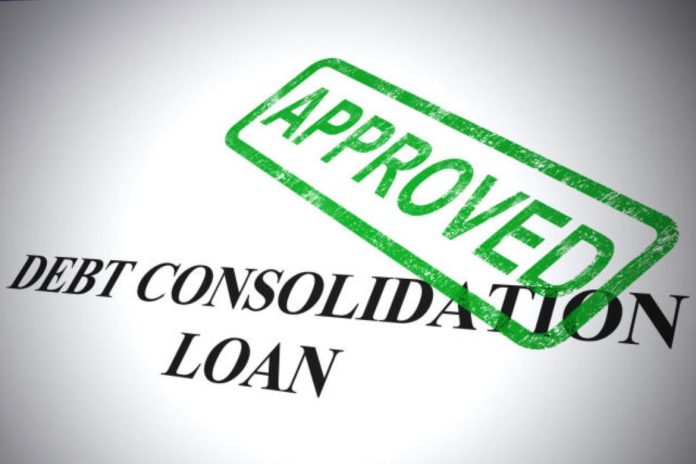Prices have been going up for a while, and it’s hitting people hard. Transportation costs are up almost 10%, housing is over 6% more expensive, and food prices have risen nearly 3%, according to the Bureau of Labor Statistics.
As a result, a lot of people are feeling the financial pressure and turning to credit cards to make ends meet. Right now, Americans have racked up over $1 trillion in credit card debt, a huge jump from about $740 billion just a few years ago.
If you’re feeling buried by debt, the good news is there are options to help. These are usually grouped under “debt relief,” and they include things like debt consolidation (where all your debts are combined into one payment), debt management plans (basically a structured repayment plan), and debt settlement (where you negotiate to lower what you owe).
However, debt relief isn’t for everyone, and not all methods or companies are the same. So, before you dive in, it’s important to do some research and ask questions to make sure it’s the right move for you. Below, we’ll go over what to think about before going down the debt relief path.
First, before signing up for any debt relief service (which will likely cost you something), make sure you’ve tried other ways to tackle your debt. Have you tried setting a strict budget to free up more money to pay down your debt?
Depending on your situation, you might be able to handle your debt by creating a detailed budget and sticking to a repayment plan. Start by listing all your income and expenses to see how much extra you can put toward your debt. Then, try a strategy like the debt snowball or debt avalanche to knock it down.
Sometimes, just paying a little extra each month toward your minimum payments can make a big difference. It also helps to throw any unexpected money—like tax refunds or bonuses—toward your debt. If you have the time, a side hustle can bring in some extra cash, too.
If you owe less than $5,000 and have a steady income, see if you can knock it out on your own with some careful budgeting and maybe a few sacrifices. Debt relief programs come with fees because the people helping you also need to make a living. So, they’re usually only worth it if you’ve got more serious debt that you can’t tackle on your own.
What To Look For In A Debt Consolidation Company
If you decide to go with debt relief, you’ll notice there are a lot of companies out there. To make sure you’re getting quality service, it’s important to be careful about which one you pick.
Start by checking how long the company has been around.
Shady companies don’t last long—most go out of business within a few years. If a company has been helping people manage debt for 10 years or more, that’s a good sign they’re reliable.
Also, make sure to check their credentials. Look for things like industry accreditations, a solid Better Business Bureau rating, and positive customer reviews. And be on the lookout for warning signs, like aggressive sales tactics or upfront fees.
If a company asks for payment before offering any help, that’s a huge red flag. A reputable debt relief company will never do this, as federal law actually prohibits for-profit companies from charging before delivering any service. You can find more
information about debt relief options and how to get out of debt on our website at https://bdebtfree.net.







